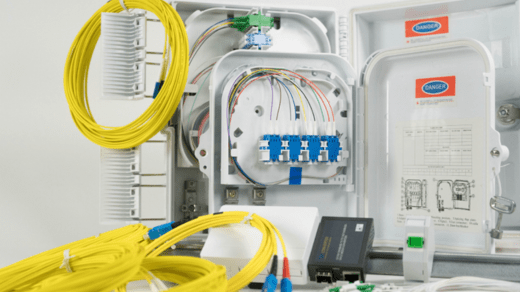how to remove bees from a palm tree
Removing bees from a palm tree can be challenging, and it should be done carefully and responsibly to protect both the bees and yourself. Bees play a crucial role in pollinating plants, so it’s essential to consider humane methods and, if possible, relocate the bees rather than exterminate them. Here’s a general guide on how to remove bees from a palm tree:
Materials and tools you may need:
- Beekeeper suit or protective clothing
- Beekeeping gloves
- Beekeeping veil or hat
- Beekeeping smoker (optional)
- Bee brush or soft brush
- Cardboard box or beekeeping equipment
- Duct tape
- Water hose with a gentle spray attachment (optional)
Steps:
- Wear Protective Gear: Put on a beekeeper suit or protective clothing, beekeeping gloves, and a beekeeping veil or hat to protect yourself from bee stings. Ensure that all parts of your body are covered.
- Assess the Situation: Carefully observe the palm tree and the behavior of the bees. Identify the location of the bee colony or hive, if possible. Determine whether these are honeybees or another type of bee.
- Gather Your Beekeeping Equipment: Collect the necessary beekeeping equipment, including a bee brush or soft brush, a cardboard box or beekeeping equipment for trapping the bees, and duct tape.
- Plan the Removal: Decide whether you want to remove the bees and hive yourself or if you’d prefer to hire a professional beekeeper or pest control expert to handle the removal.
- Secure the Area: If you choose to remove the bees yourself, isolate the area around the palm tree to prevent people, especially children and pets, from coming close. Use caution tape or barriers if needed.
- Prepare the Beekeeping Equipment: If you have a cardboard box or beekeeping equipment for trapping bees, prepare it by placing it near the palm tree. Ensure it’s large enough to contain the bees.
- Use Smoke (optional): If you have a bee smoker, you can use it to calm the bees by puffing a small amount of smoke near the hive entrance. This may make the bees less defensive and more cooperative.
- Gently Brush the Bees: Carefully and gently brush the bees from the palm tree’s surface using the bee brush or a soft brush. Start from the top and work your way down. Try to avoid crushing or harming the bees.
- Capture the Bees: As you brush the bees, guide them toward the cardboard box or beekeeping equipment you prepared for trapping them. Be patient, as this process may take some time.
- Seal the Box: Once a significant number of bees are inside the box or equipment, seal it securely with duct tape. Make sure there are no gaps for bees to escape.
- Transport the Bees: If you are not a beekeeper, contact a local beekeeping association or a bee removal specialist to safely relocate the captured bees to a suitable location.
- Remove the Hive (if present): If you’ve successfully removed the bees, consider removing the hive or comb left behind to prevent future bee infestations.
- Monitor the Area: Keep an eye on the area to ensure that no more bees return. Repair any openings or cavities in the palm tree that could attract new colonies.
Remember that working with bees can be dangerous, especially if you are not experienced in beekeeping. If you are uncomfortable with the process or if the bee infestation is extensive or aggressive, it’s advisable to contact a professional bee removal service or a local beekeeper for assistance. Bee preservation is important, and whenever possible, try to relocate bees rather than exterminate them.
Also Read:
https://fastspotter.com/how-to-remove-dovetail-rear-sights/
https://fastspotter.com/how-to-remove-dyson-hair-dryer-attachments/
https://fastspotter.com/how-to-remove-ebin-wonder-lace-bond/
https://fastspotter.com/how-to-remove-filter-basket-from-portafilter/
https://fastspotter.com/how-to-remove-embroidery-from-backpack/






